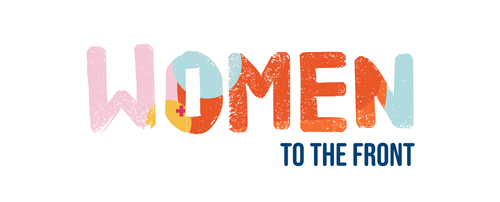If your colleague felt stuck in a workplace that was unwelcoming of their identity, do you think you would be able to recognise it?
Support is always available
-
Call 000 if you, a child, or another person is in immediate danger.
-
Call or have an online chat with queer peer support and referral service QLife 3pm – midnight, 7 days a week
One of the purposes of today – Wear It Purple day – is to raise awareness about diverse sexuality and gender identities and the harmful social cultures queer youth face daily.
In 2019, La Trobe University study surveyed more than 6,000 LGBTQA+ young people (noting that there were too few intersex respondents to do justice to the data and analysis).
The report, ‘Writing Themselves in 4’, shared a piece of positive news for the young queer community: 88 per cent of survey respondents said they were supported by friends when they came out.
However, the report a revealed a far less rosy picture of queer youths’ experiences in the workplace.
Queer safety in the workplace
While it is encouraging that 88 per cent of young queer people were supported by friend when they came out, on average less than half felt they could openly identify as LGBTQA+ at work.
Even less felt they could safely celebrate important queer days like Wear It Purple.
There are many reasons why someone may not want to publicly share their queer identity. But other findings in the report show young queer workers have encountered an unacceptable level of queerphobia.
Just under 40 per cent of LGBTQA+ youth reported sometimes or frequently hearing negative remarks regarding their sexuality in the workplace.
Whereas for those who identified as non-binary or transgender, more than half had experienced verbal harassment based on their sexuality or gender identity.
These figures outline pervasive workplace discrimination against queer youth that is frankly unacceptable.
The report found that most of the harassment experienced by LGBTQA+ youth came from customers as well as co-workers. But either way, your employer has a responsibility to provide a safe working environment where you are protected from harassment.
Worryingly, approximately half of young queer workers were not sure if their workplace even had anti-bullying policies.
Building stronger communities
Although many young queer people reported queerphobic encounters in their daily lives, many also shared moments where they felt that their identity was positively affirmed.
One 19-year-old from the ACT said they appreciated, “seeing people actively trying to use my correct name and pronouns.”
Another 19-year-old from NSW reported they felt able to affirm their identity through, “volunteering, going to rallies [and] being involved in political action.”
These are the types of experiences union members set out to achieve when we strive towards creating welcoming environments for queer workers.
The Australian union movement has been home to LBGTQIA+ activism and protecting queer rights for decades. We are certainly not stopping anytime soon.
Union members are building fairer and safer workplaces for now and the future.
Cover photo credit: Nikolas Gannon on Unsplash












SHARE:
What a safe workplace looks like for young queer workers